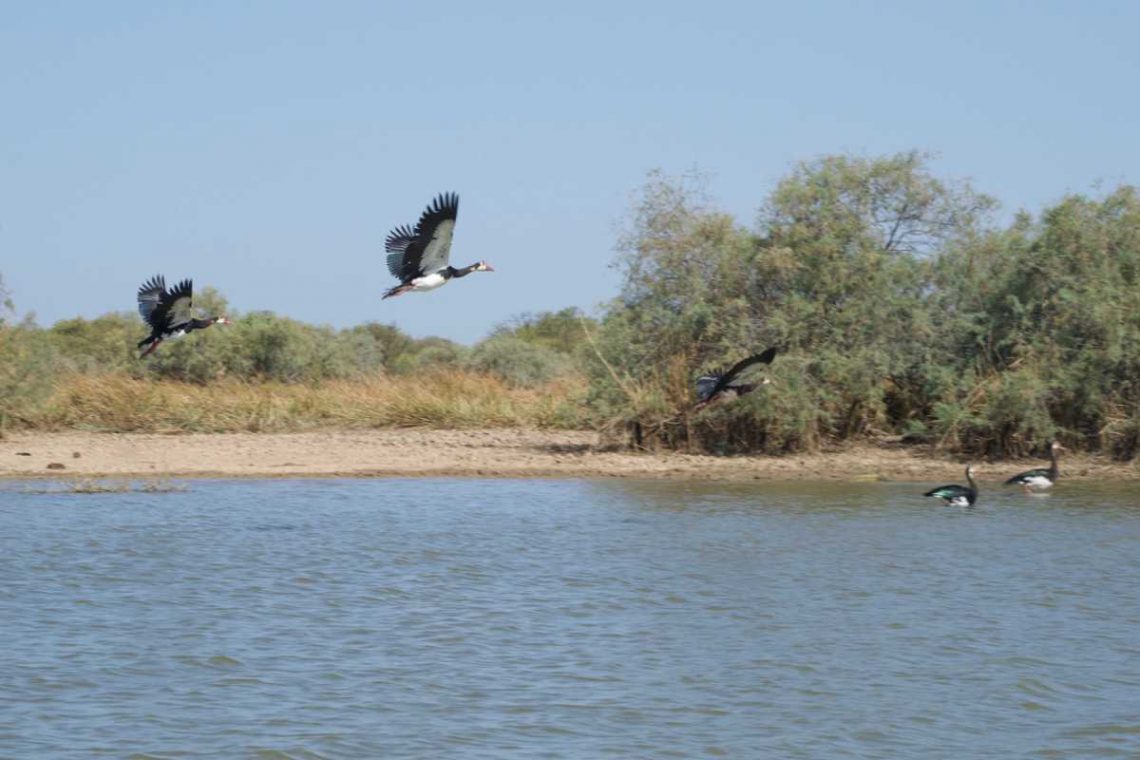
How to take a birdwatching tour in Senegal
For serious bird-spotters, the northwest coast of Senegal is paradise. The destination for migrating birds from Europe, as well as many local species, the Djoudj National Bird Sanctuary and Langue de Barbarie National Park make spectacular half-day trips from Senegal’s northern city of St Louis.
Discover Senegal at its finest, as you explore its unique wildlife on one of these Senegal bird watching tours!
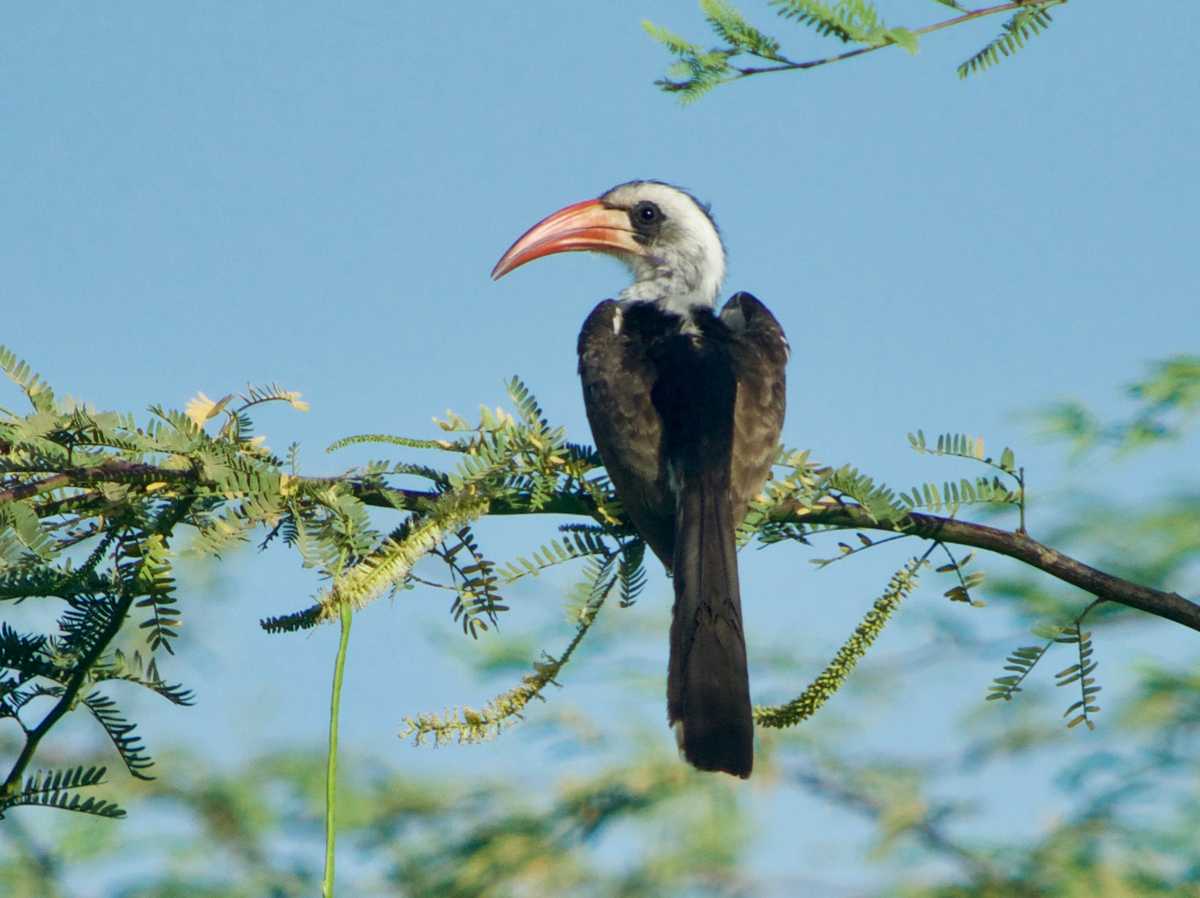
Djoudj Bird Sanctuary
Nestled in the far north of the country close to the border with Mauritania, the Parc National des Oiseaux du Djoudj is one of the most important bird sanctuaries in the world. More than 300 species inhabit the park, which extends over 160km2, including many local species as well as migrating birds from Europe in the northern winter months.
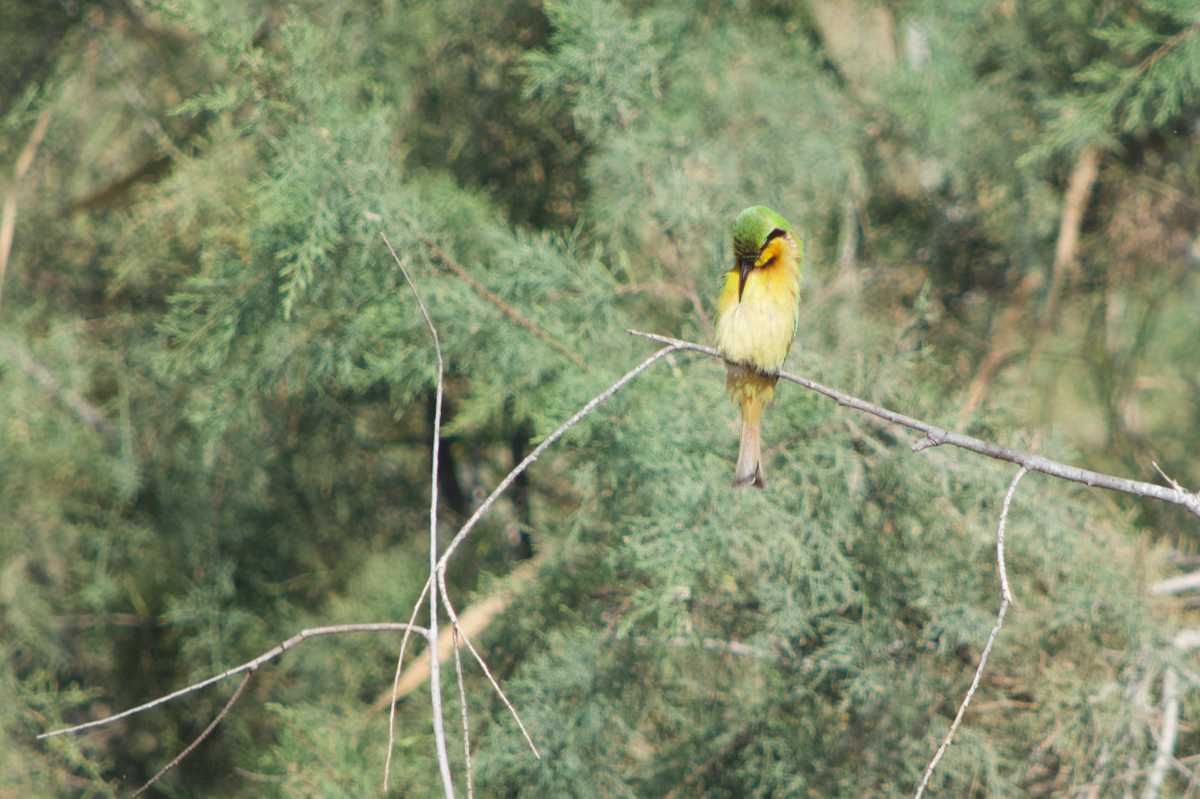
Taking a river cruise
By far the best way to see the wildlife of the park is to hire a pirogue, or traditional wooden boat. A guide is also indispensable – aside from being able to name the birds far more quickly than you would find them searching through a guidebook, the guides are also very practiced at spotting birds that you might miss. Our boat trip took about 90 minutes and took us up one of the backwaters of the Senegal River, where we spotted well over 30 different species of birds just in our short visit.
Boats are not covered, so a hat and sunscreen are essential, as is plenty of water. Life jackets are provided.
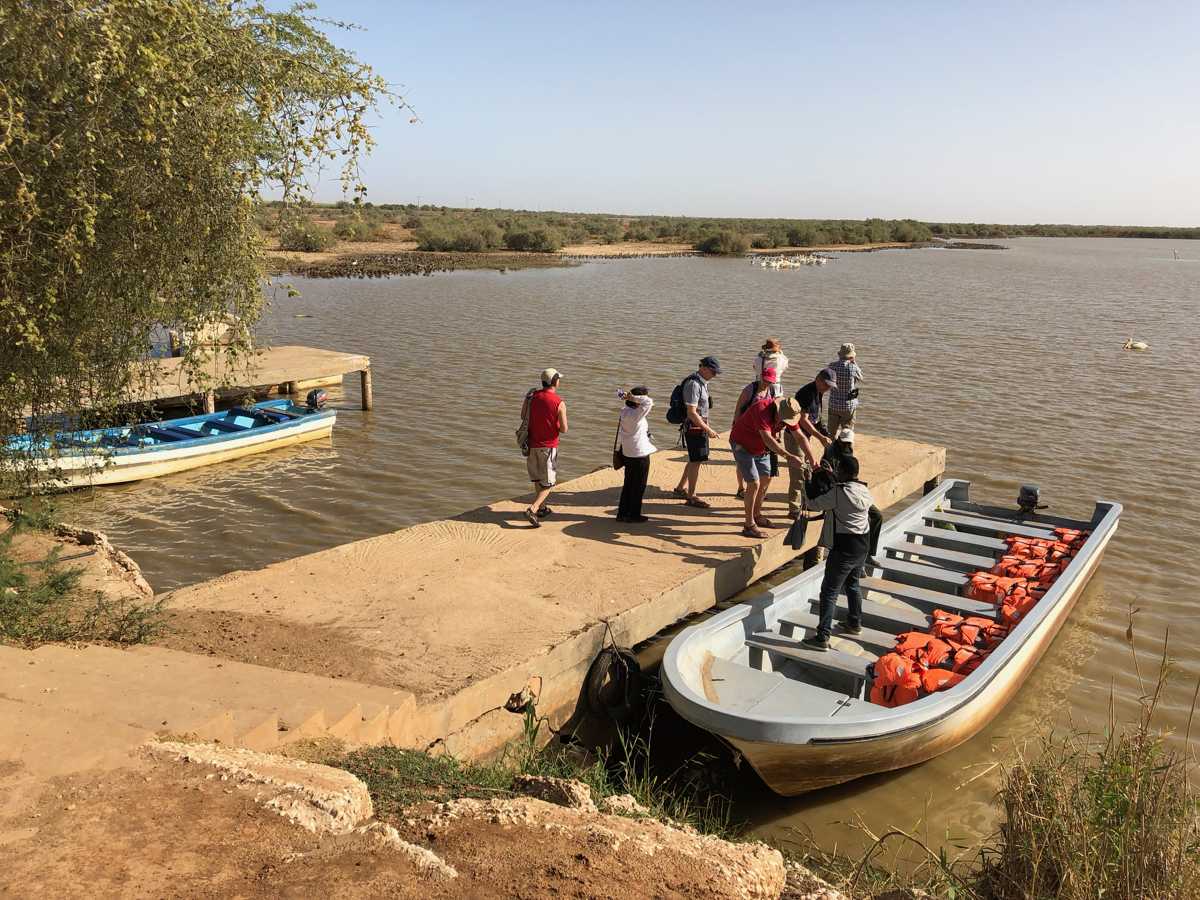
What bird life will I see?
Local bird life in the sanctuary includes one of the biggest concentrations of pelicans you are ever likely to see, as well as a huge breeding colony. Birds often dive for fish in groups in a fascination synchronised swimming display! Other birds we spotted on our trip included African fish eagles, grey herons, great white egrets, Sudan golden sparrows, little bee-eaters, Eurasian spoonbills, whistling ducks, blue-neck mouse birds, African jacanas and purple swamp hens.
Migrating birds from Europe are visible from November until early springtime in Europe.
Mammals and reptiles are fewer than birds in this park (Senegal safari animals have been sadly hunted to extinction), but we did also spot freshwater crocodiles, monitor lizards and significant numbers of warthogs, which have far fewer predators in this region devoid of big cats. Long horned African cattle also come down to graze at the water’s edge.
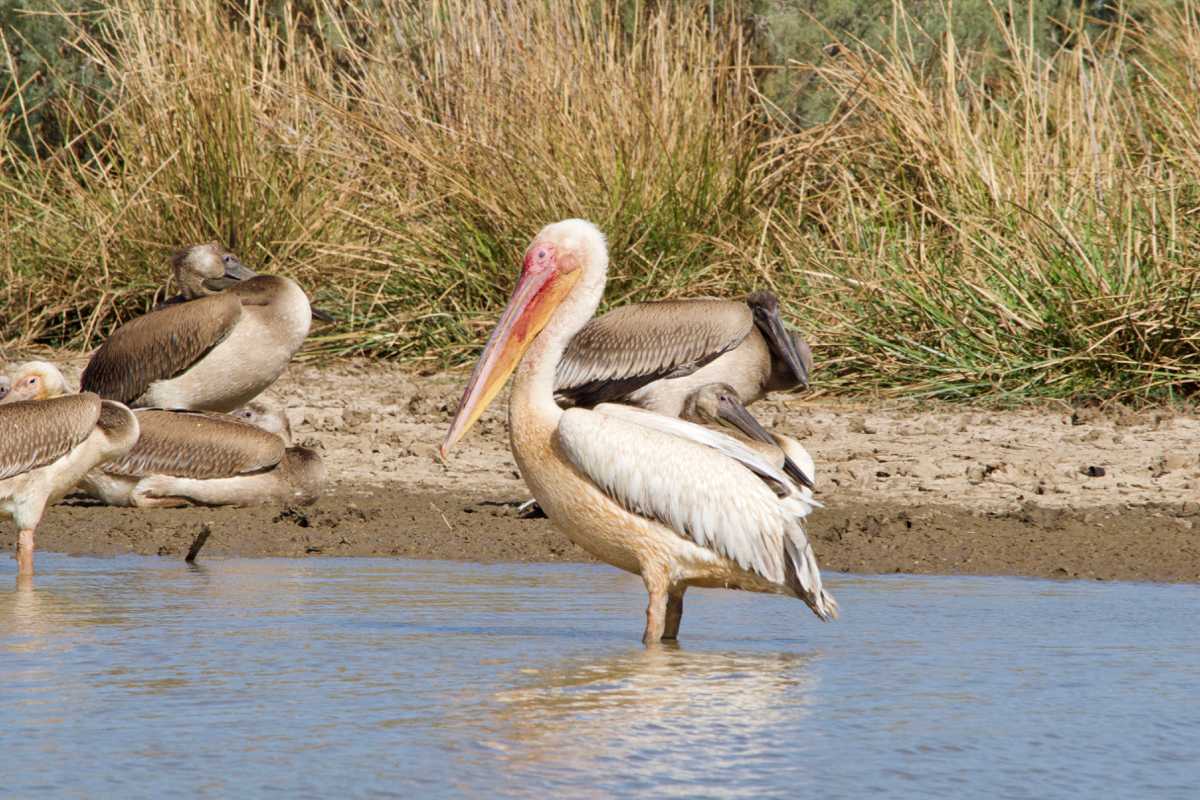
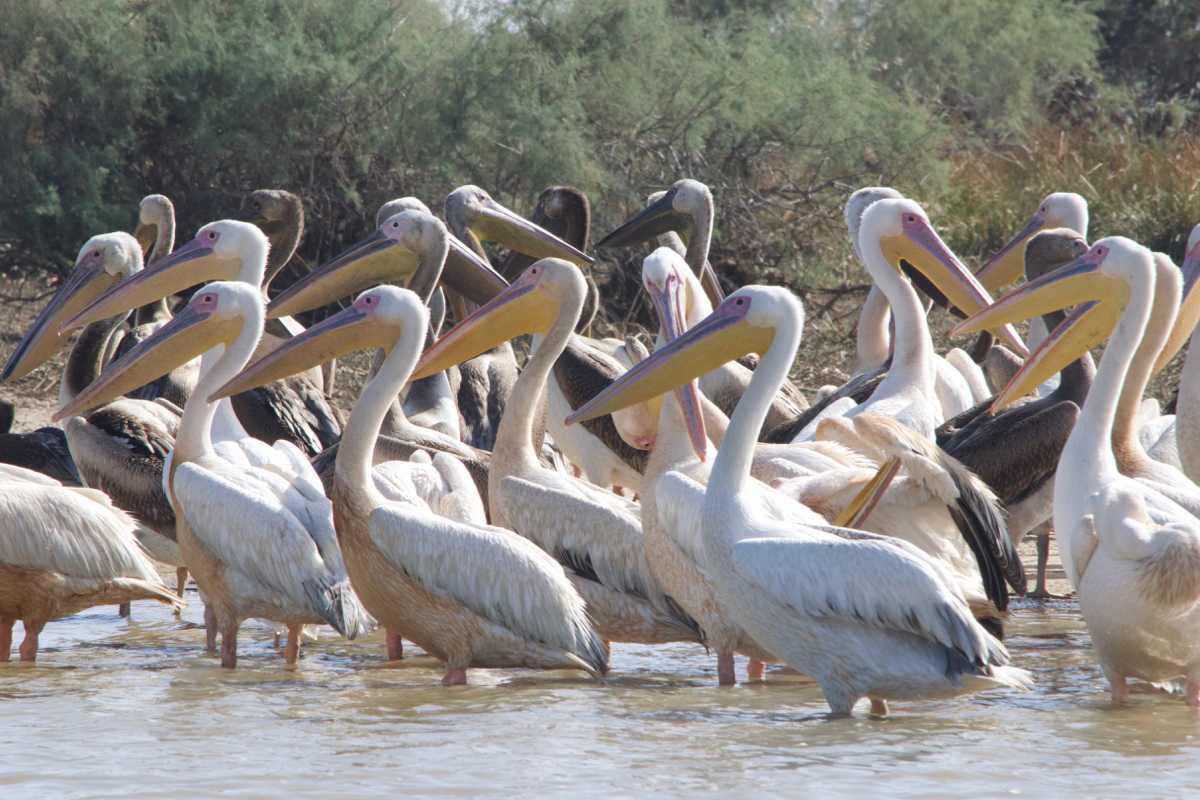
How to get there
Djoudj bird sanctuary lies about a two-hour drive northeast of St Louis Senegal, on a backwater of the Senegal River close to the border with Mauritania. Much of the journey is off-road on dirt tracks, and public transport isn’t really an option. The best way to get here is on a guided tour, or organise a taxi from your accommodation in St Louis.
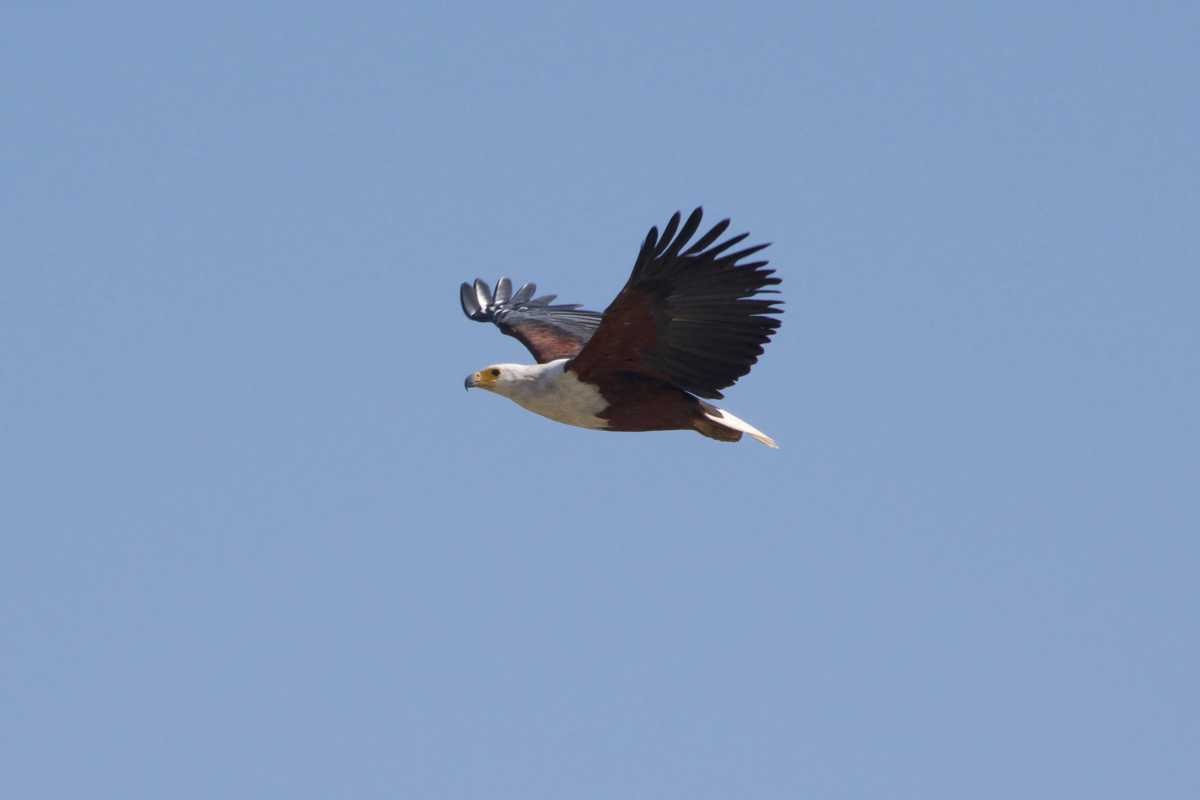

Entering the reserve
On arrival at the sanctuary, visitors are required to pay an entrance fee of 5,000 FCFA (about $9) per person. Vehicles cost 15,000 FCFA, while a river cruise costs from 4,000 to 200,000 FCFA ($350) per boat, depending on size. Guides cost around 6000 FCFA; note that all these prices are subject to change.
The reserve operates from 7am to dusk, from November to April.
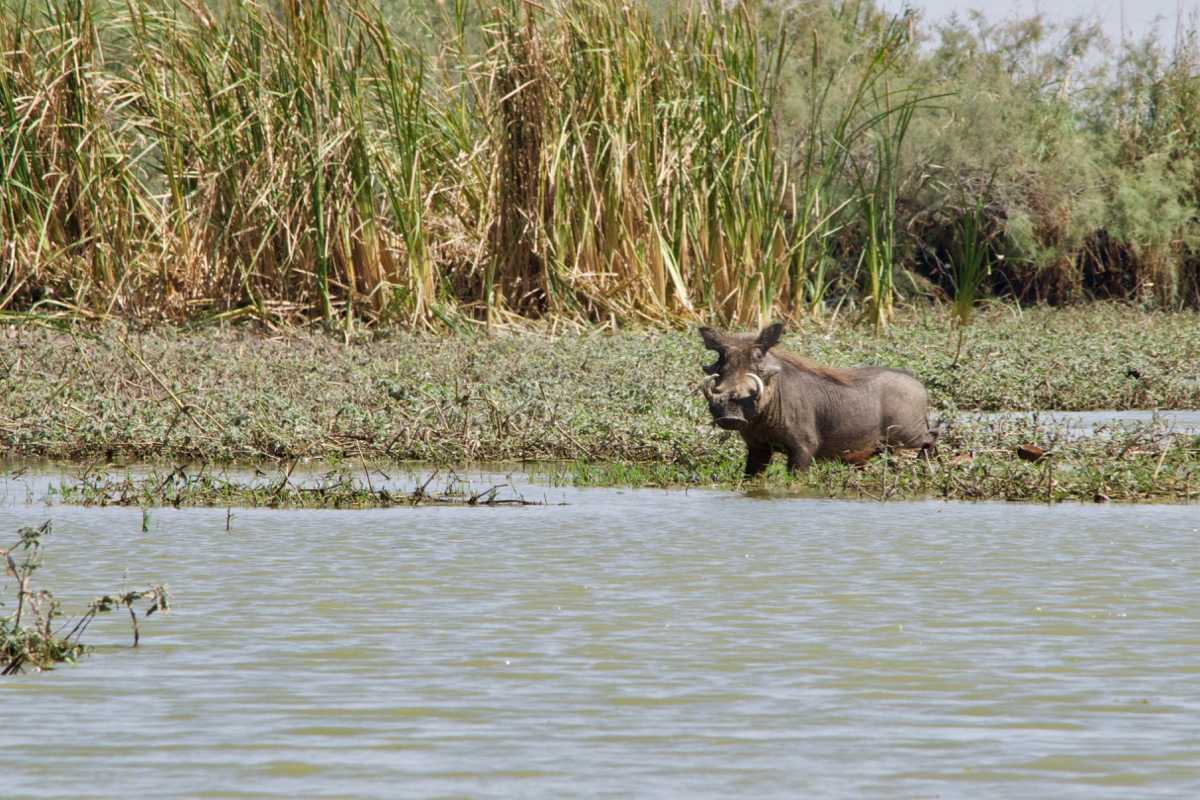
Langue de Barbarie National Park
Approximately 1 hour’s drive south of St Louis, the Parc National de la Langue de Barbarie is the perfect accompaniment to your Djoudj visit, although their locations and the potentially hot weather make them better suited to visiting on separate mornings. Unlike Djoudj, Langue de Barbarie National Park is saltwater, meaning that the majority of the species you will see here are different from those further north.
The Langue de Barbarie is a long, thin spit of land around 300m wide which runs for almost 30km along the Senegalese coast; inhabited by fishing communities at the northern end around St Louis, this far south the land is uninhabited and is therefore a paradise for bird life. The peninsula takes its name from the Mauritanian “barbarians” who used to invade what is now Senegal at this point – fortunately, no longer a problem!
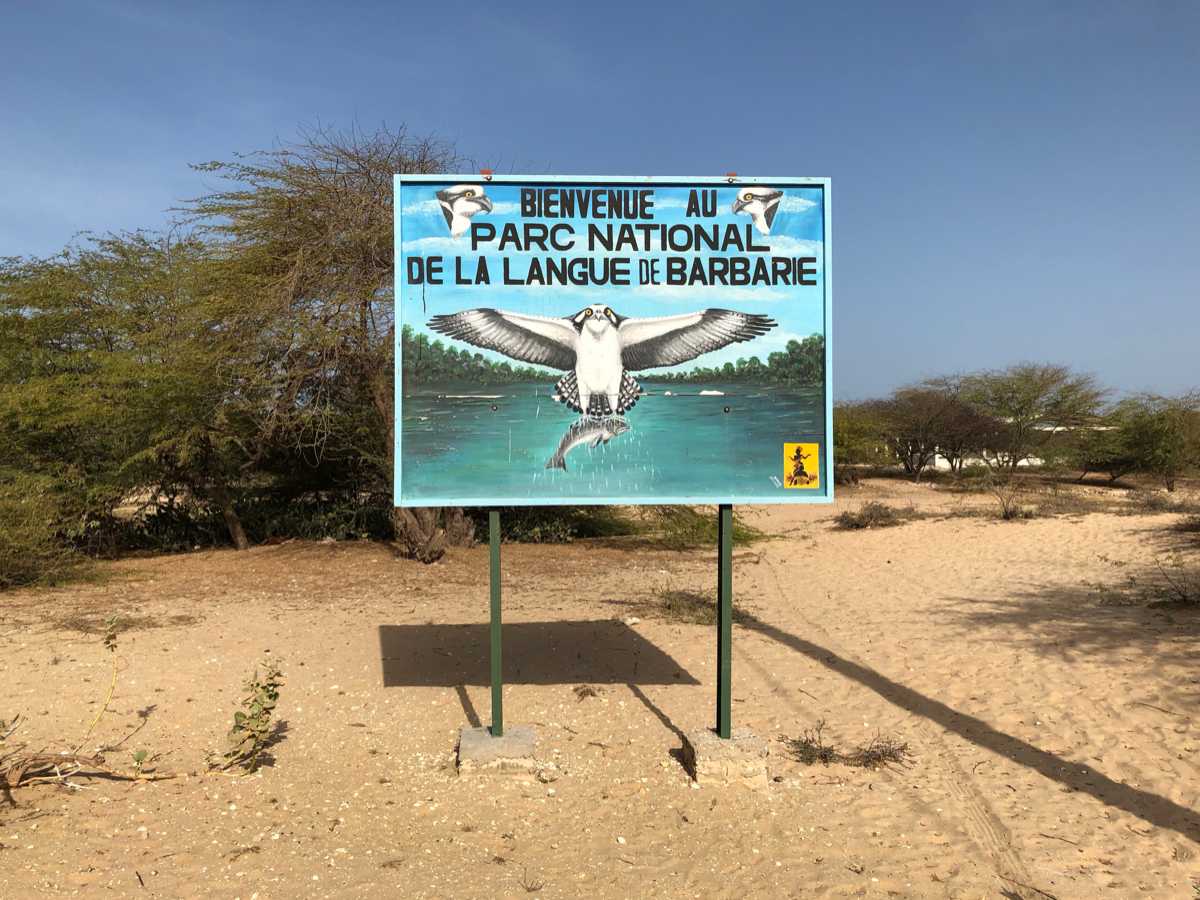
Taking a boat trip
Entering the national park from the north will take you immediately to a small hotel from which it is easy to hire a boat and guide for your exploration of the coastline. Boats are of the traditional wooden design, open to the elements – so take sun protection and water. Life jackets are provided.
Close to the national park entrance, there is also a small lake with the same mineral deposits and pink colour as the Lac Rose close to Dakar. When we arrived in the early morning the lake was very pink in colour, which was not the case with the Lac Rose, so it is well worth making a brief stop.
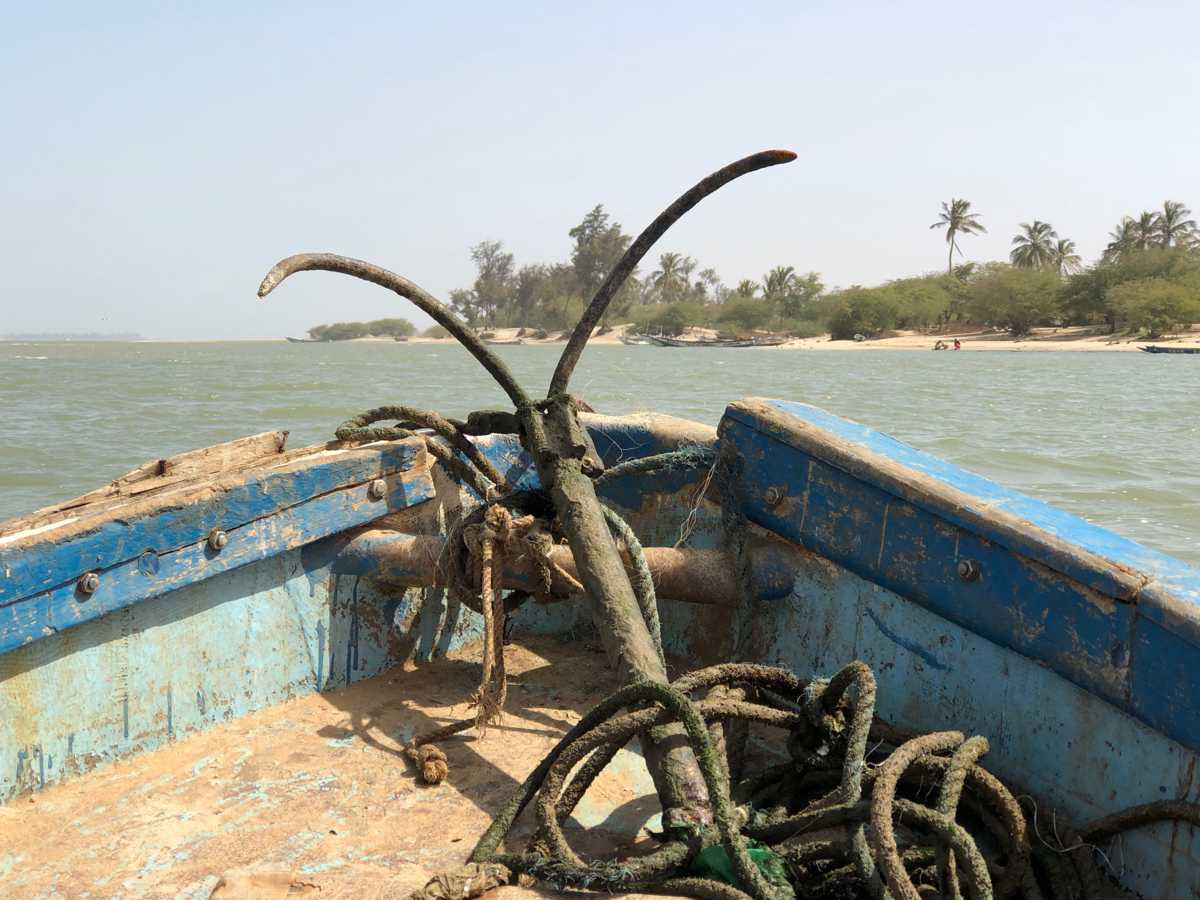
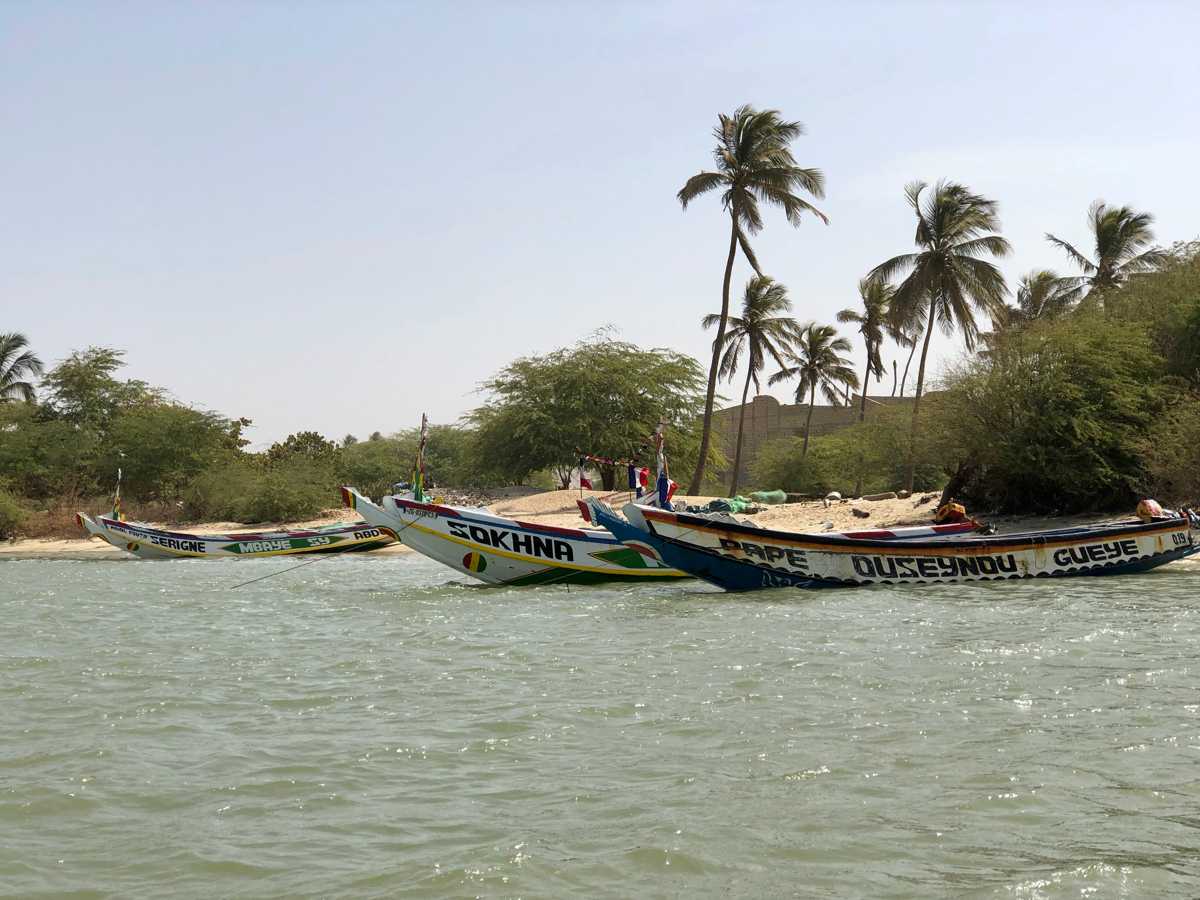
What bird life will I see?
The sea life around this area includes pink-backed pelicans (different from the white pelicans found in Djoudj), whimbrells, slender-billed and grey-headed gulls, Caspian and royal terns and sanderlines, while species common to both parks include white pelicans, grey herons and great white egrets. A rocky island between the peninsula and the mainland is a breeding colony for gulls and terns, safe from predators, and their cries can be heard from far away.
On land, bird species include Abyssinian bee-eaters, long-tailed glossy starlings and red-billed fire finches. Red colobus monkeys are also visible along the roadside.
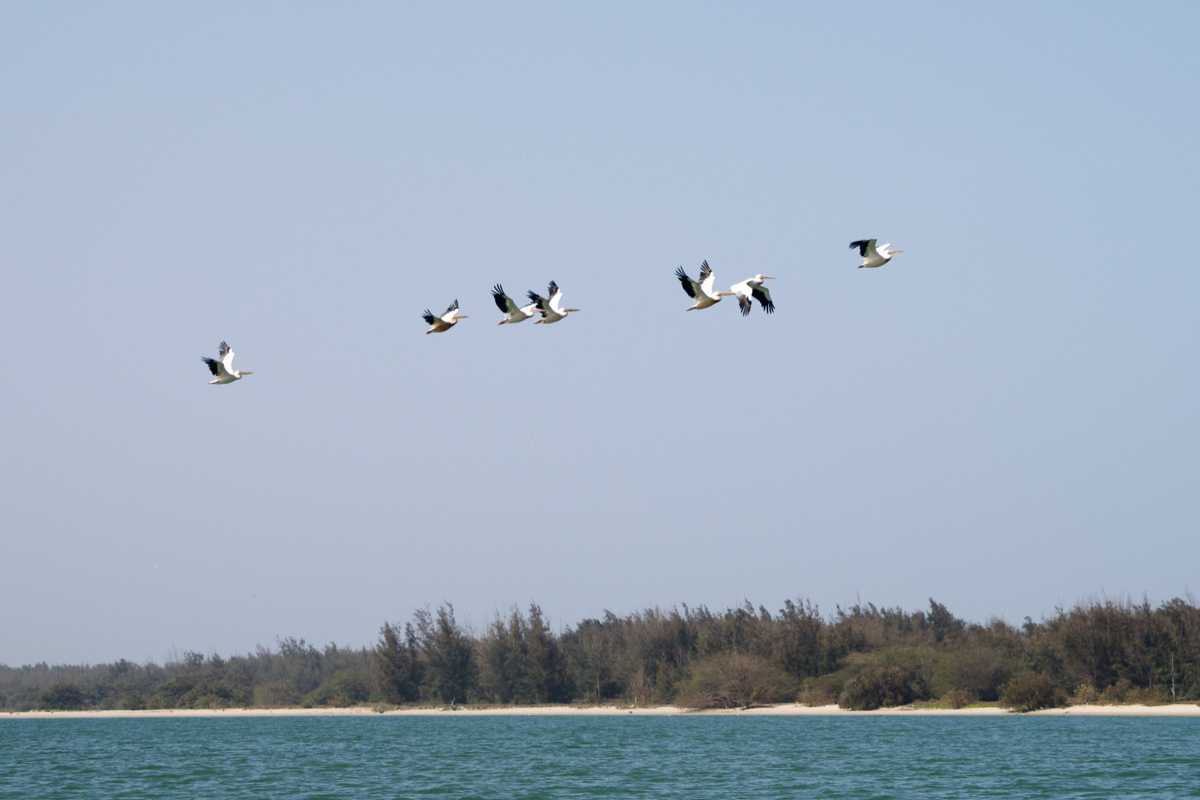
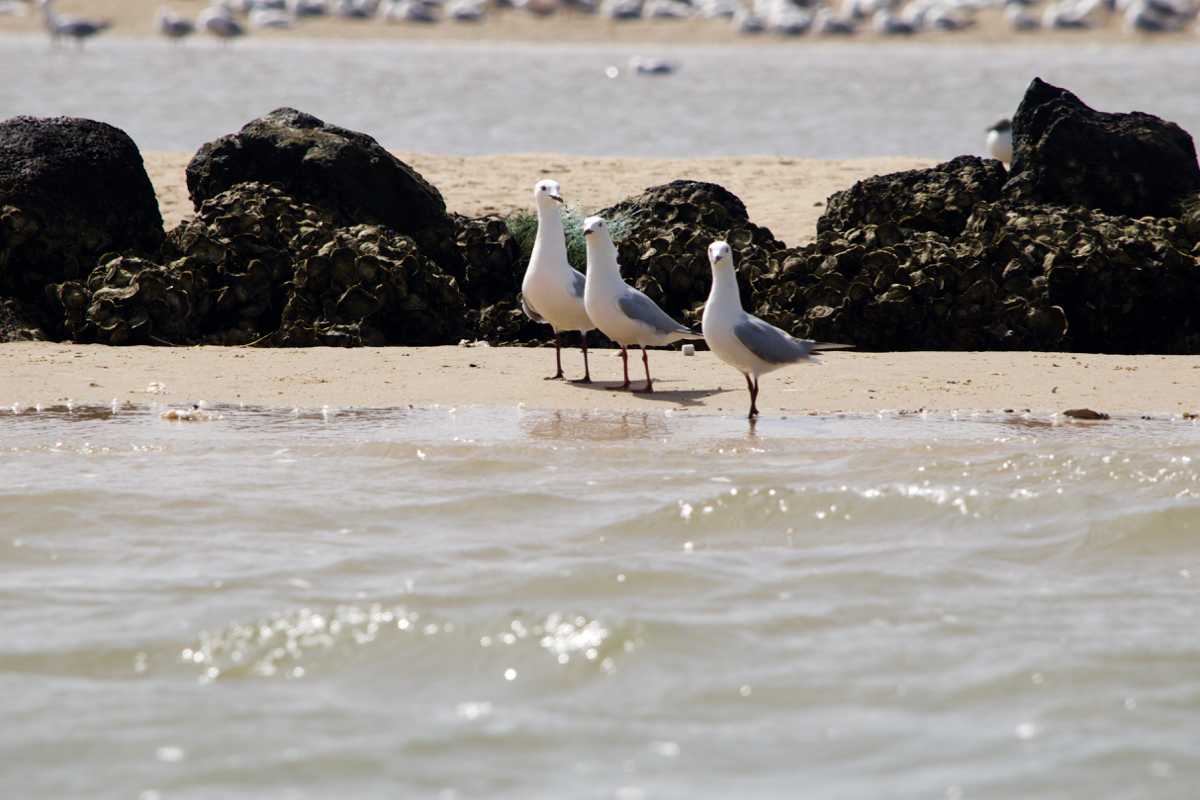
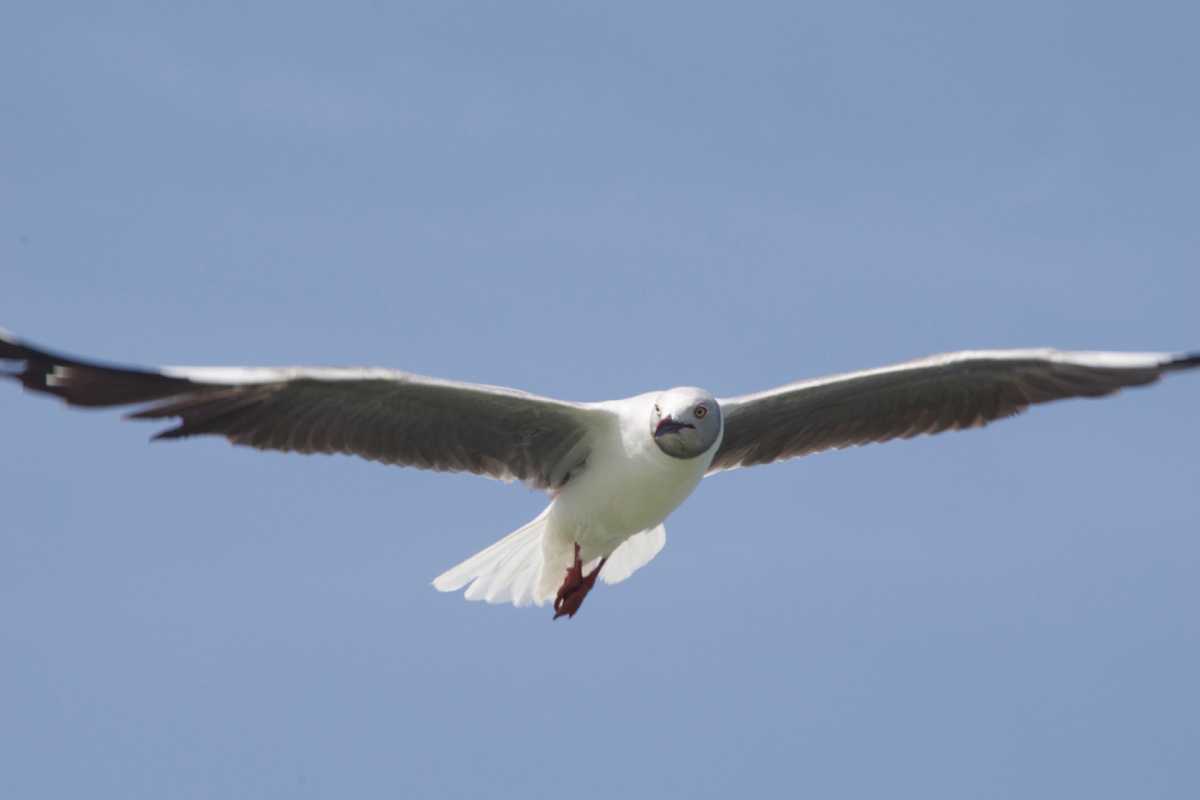
How to get there
Langue de Barbarie National Park is around 1 hour south of St Louis, making it an easy addition to your Senegal trip if you are in the northern city.. Roads are good most of the way, only becoming unpaved for the last few kilometres.
That said, taxis or guided birding tours are still the best methods of getting there.
Entering the National Park
Entry fees to the National Park are 5000 FCFA for adults, with guides costing 3000 FCFA; note that these prices are subject to change. No information about specific boat hire costs was available when I visited on a group tour.
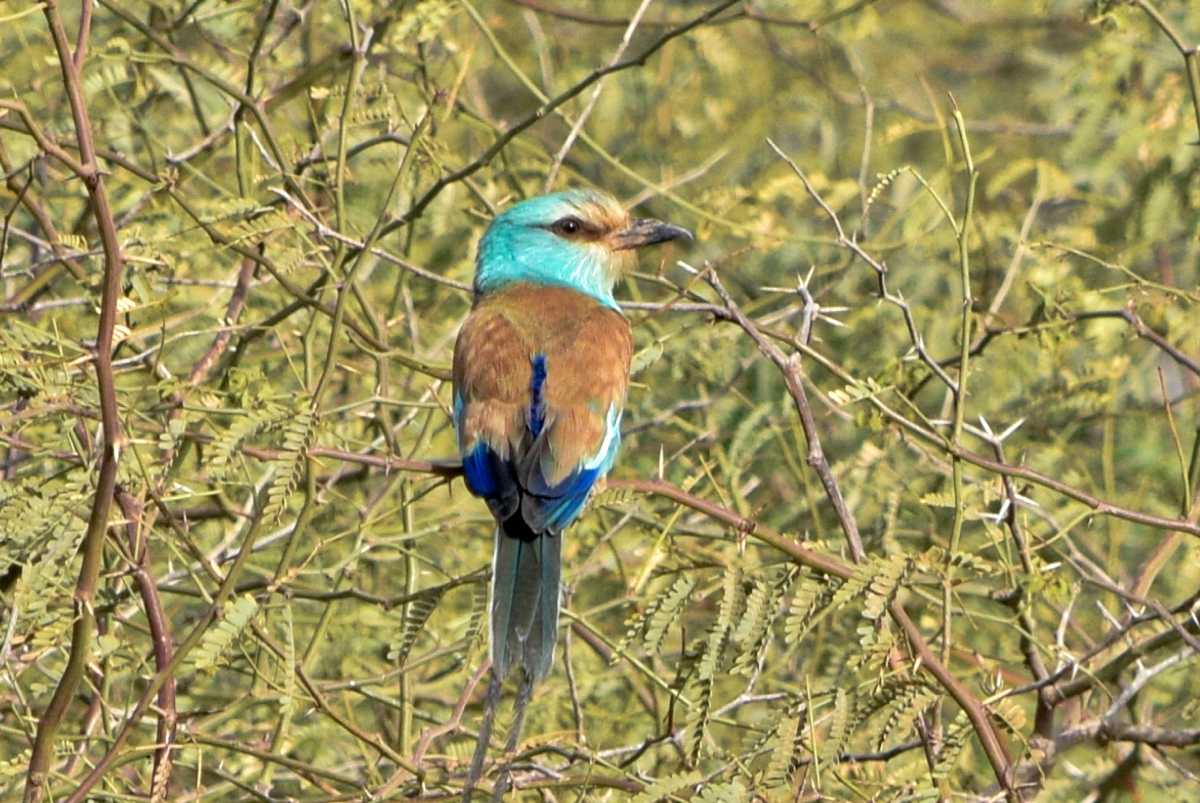
Visiting Africa? Check out these other posts!
- Destination Africa: The best African countries to visit
- An African market day: The local market at Camp Robin, Madagascar
- 9 Amazing animal experiences from around the world!
- Kibera slum tour: Real life in an African slum
- Traditional dances of the world: Discover local dance and folk dance
- Animal encounters: Hyenas in the night
- Anakao, Madagascar: Zebu carts, speedboats, and paradise
- The lion that climbed the tree: Life on the plains of Kenya
- Camping in Namibia: Quirky campsites and preconceptions


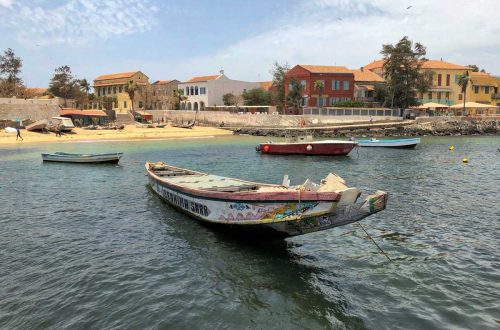
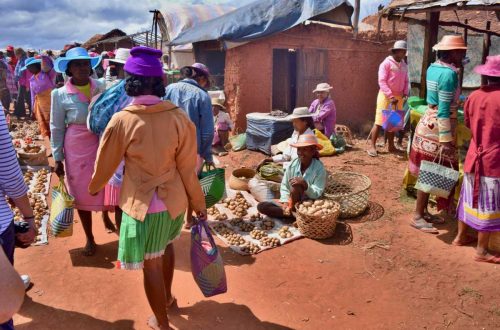
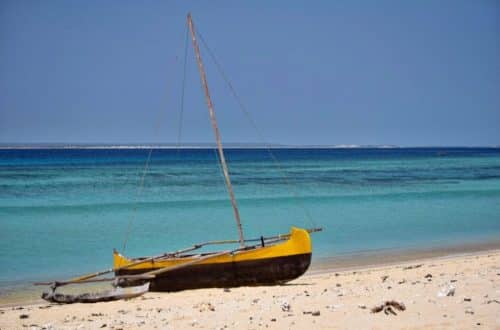
8 Comments
Joanna Rath
Like you, I am not a bird watcher. But this Bird Sanctuary is on my itinerary when I visit Senegal in February 2020. I’m glad I included it.
Jill Bowdery
Ah you won’t regret it! The amount we saw was incredible… definitely worth the trip.
Kay
Wow! I would have never known about Senegal’s diverse wildlife! Thank you for showing this side of such a beautiful country!
Jill Bowdery
You’re welcome! It’s a part of the world that doesn’t get enough recognition… there’s so much to see here.
Elena Pappalardo
I just love watching birds, so I was very happy to come across this post! There really are so many birds in Senegal, thank you for sharing your experiences 🙂
Jill Bowdery
You’re welcome – it really is one of the best places to go for birdwatching, and you have it almost to yourself!
Monica
This looks really gorgeous, I’ve started being quite interested in wildlife trips since my first safari and I’d love to visit this bird sanctuary!
Jill Bowdery
If you love wildlife, you definitely should – it’s something different and well worth the effort!